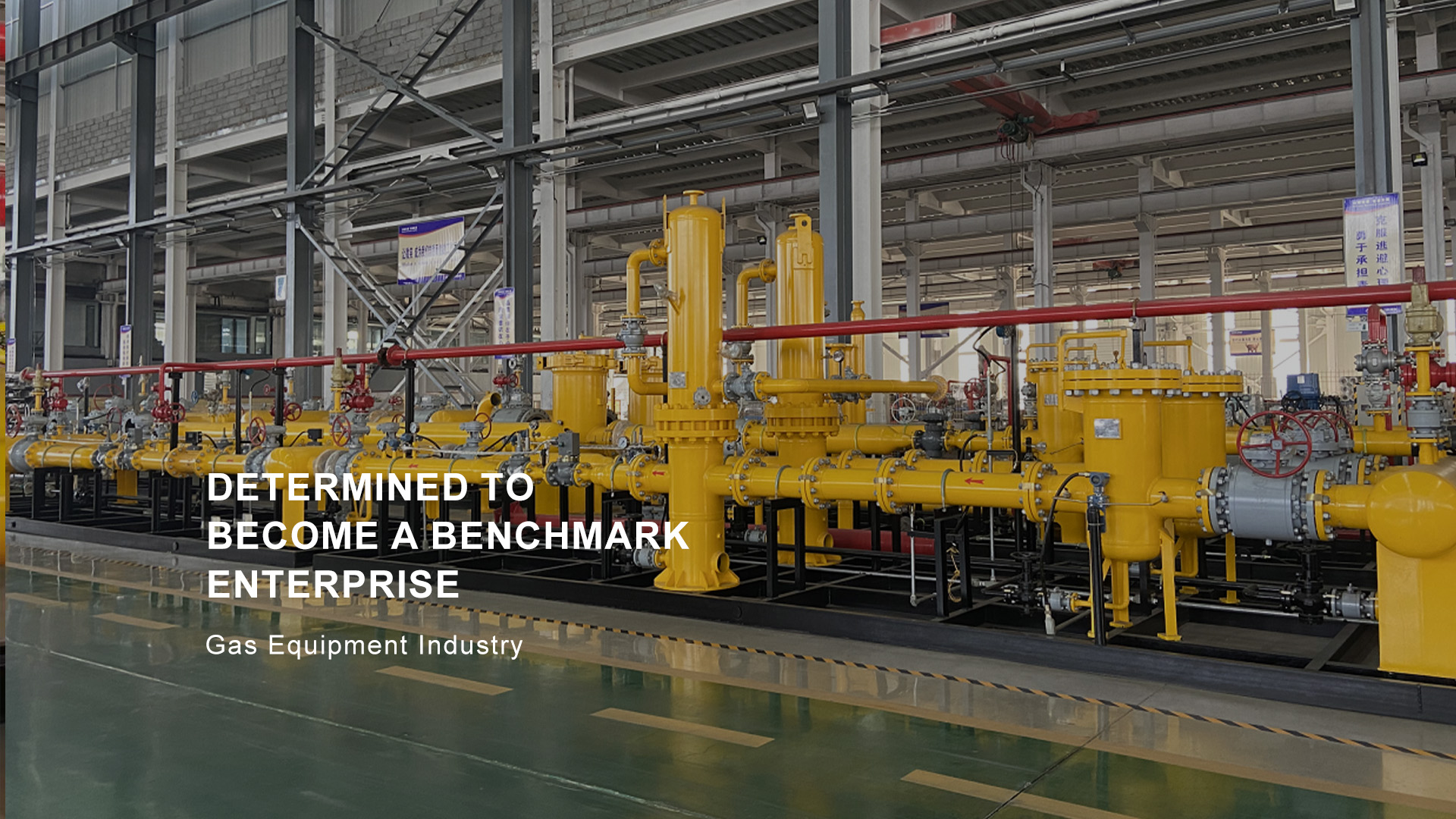
7 月 . 30, 2024 03:03
Back to list
Understanding Relief Valve Functionality and Its Importance in Industrial Applications
The Importance of Pressure Relief Valves in Industrial Applications
Pressure relief valves (PRVs) are critical components in various industrial processes, ensuring safety and operational efficiency. These valves act as safety mechanisms to prevent excessive pressure buildup in vessels and piping systems, which could otherwise lead to catastrophic failures or explosions. As industries continue to evolve, the design and functionality of pressure relief valves have become increasingly sophisticated, highlighting their significance in modern engineering.
At its core, a pressure relief valve is designed to open at a predetermined pressure. When the pressure within a system exceeds this limit, the PRV opens to allow fluid—whether gas or liquid—to escape. This action helps maintain safe operating conditions, preventing damages to equipment and ensuring the safety of personnel working in the vicinity. The reliability of PRVs is paramount, and their specifications must be rigorously tested to meet the stringent standards set by regulatory authorities.
.
Moreover, the design of these valves must consider various factors, including the type of fluid handled, operating temperature, and the specific installation environment. Different types of PRVs, such as spring-loaded, pilot-operated, and rupture disk designs, offer unique advantages for different applications. For example, spring-loaded valves are simple and cost-effective, making them suitable for many low-pressure applications. In contrast, pilot-operated valves are ideal for high-pressure systems due to their enhanced accuracy and reliability.
صمام التنفيس

The maintenance of pressure relief valves is equally crucial to ensure their proper functioning. Regular inspections, testing, and timely replacements of components are necessary to prevent failures. Industry best practices often recommend following a strict maintenance schedule that includes visual inspections, seat tests, and functional tests. Failure to maintain PRVs can lead to severe consequences, including unplanned shutdowns and increased operational costs.
In addition to safety and maintenance, regulatory compliance plays a significant role in the design and implementation of PRVs. Various national and international standards govern the specifications and testing of pressure relief valves, ensuring they meet the safety requirements of specific industries. Manufacturers must navigate these regulations carefully, as non-compliance can lead to legal ramifications and severe impacts on the company’s reputation.
As technology advances, the future of pressure relief valves stands to benefit from innovations in materials and automation. New materials may provide improved corrosion resistance and durability, extending the lifespan of the valves. Furthermore, integrating smart technologies can enhance monitoring and control, allowing for real-time assessments of the valve’s performance and conditions within the system.
In conclusion, pressure relief valves are indispensable components in industrial applications, serving a critical function in maintaining safety and efficiency. Their proper design, maintenance, and adherence to regulatory standards are essential to prevent hazardous situations and ensure smooth operations. As industries continue to innovate, the evolution of PRVs will likely play a pivotal role in enhancing safety protocols and operational excellence for future developments. Therefore, investing in high-quality pressure relief valves and maintaining them diligently is a responsibility that industries cannot afford to overlook.
Latest news
-
Unlocking The Quality Gas Pressure ReducersNewsNov.01,2024
-
The Role of Gas Pressure Reducing StationsNewsNov.01,2024
-
The Importance and Functionality of Safety Relief ValvesNewsNov.01,2024
-
The Essential Role of Safety Valves in Natural Gas ApplicationsNewsNov.01,2024
-
The Essential Role of Gas Pressure RegulatorsNewsNov.01,2024
-
Enhance Your Premium Gas FiltersNewsNov.01,2024

